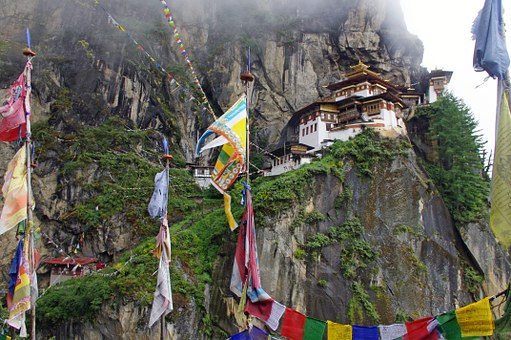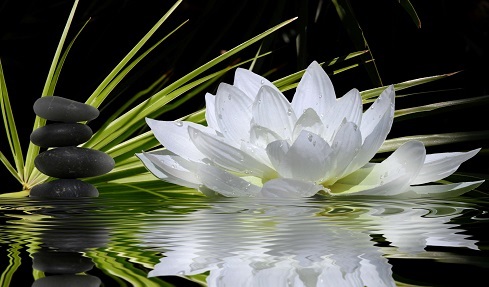To know death correctly can help us overcome fear, anxiety and evasion when death is mentioned because we already know that death is only a part of the cyclic process of life, not the end. There is no need to feel disheartened and pessimistic when facing death. On the contrary, we may even be able to elevate our life to a different level when in death if we know how to make use of the opportunity.
~Depicted from THE HANDBOOK'S FOR LIFE'S JOURNEY - On Death And Rebirth-How to Face Death











